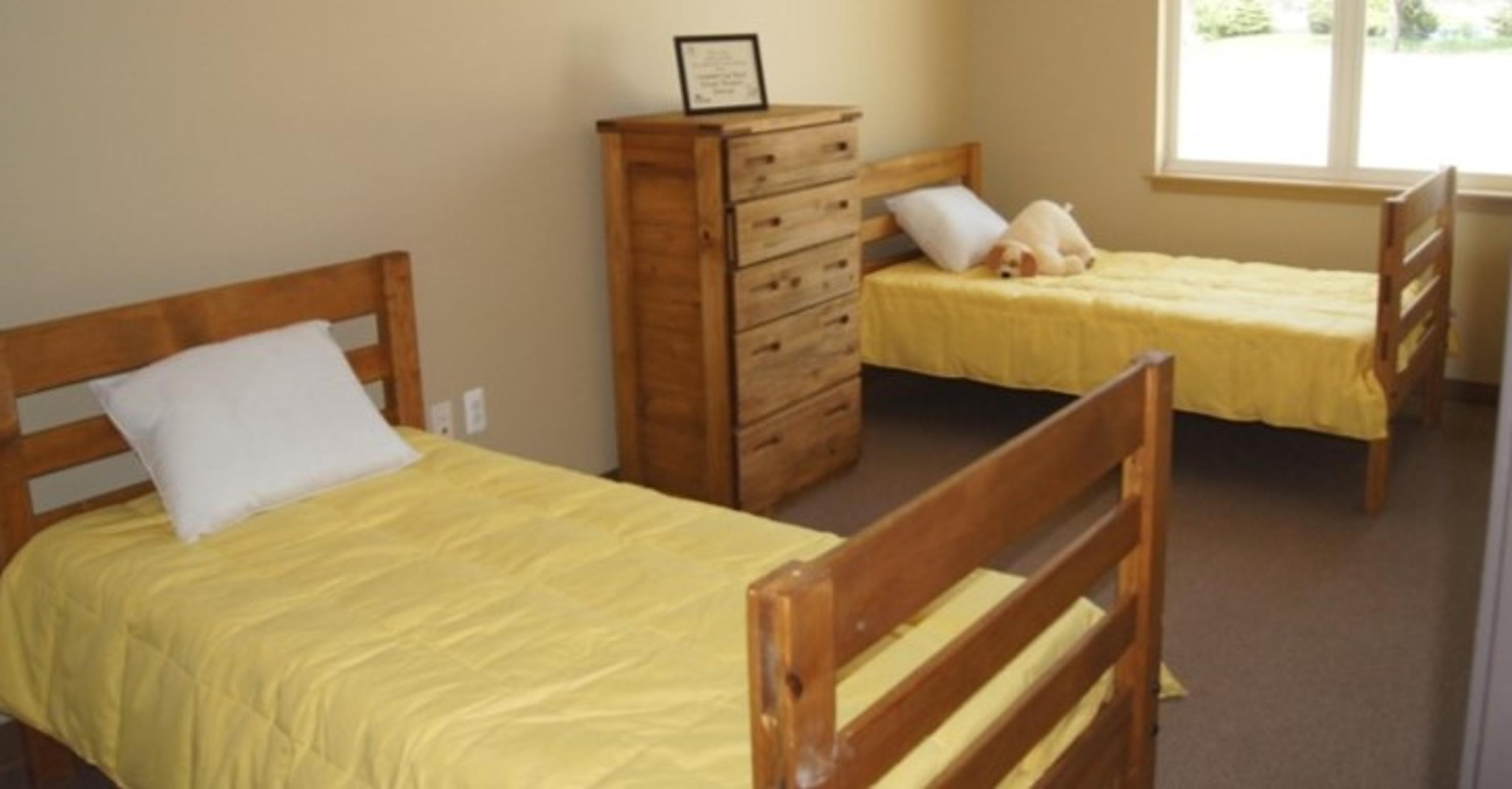Osteoporosis vs. Osteopenia: Knowing the Difference

Blues Perspectives
| 3 min read

Osteoporosis and osteopenia both affect bone health and density but are distinct. Between the two conditions, more than 50 million Americans are affected. Here is what to know about each condition, including their differences, risk factors and how they affect bone density.
What is osteoporosis?
Osteoporosis is a disease that affects bone density and strength, resulting in bones that are weaker and at a higher risk for fracture, due to lowered levels of calcium and phosphorous within the bones. Osteoporosis also results in bones losing the ability to heal and regenerate. When bones are less dense than they should be, they can break more easily from falls and accidents.
Osteoporosis doesn’t have symptoms that show themselves besides the fragility of bones – many people do not know they have it until they get tested for it or break a bone.
What is osteopenia?
Osteopenia can be seen as a precursor to osteoporosis. Osteopenia is the medical name for reduced bone strength and density. It increases the risk of osteoporosis developing and of bone fractures. Bone density loss is extremely common in adults over the age of 50 – it is estimated that nearly half of men and well over half of women over the age of 50 have osteopenia or a loss of bone density, most often in the femur, neck or the lumbar portions of the spine.
What causes bone density loss?
The most common cause for bone density loss is aging. Deficiencies in certain minerals or nutrients can also contribute to a loss of bone density, including calcium, magnesium and phosphorous deficiencies, vitamin D deficiency or hormonal imbalances that can affect bone density and bone regrowth. Other behaviors or existing conditions can also increase the risk of bone density loss, including:
- smoking
- drinking excessively
- low levels of physical activity or a sedentary lifestyle
- poor diet
- hormonal changes
- thyroid conditions, rheumatoid arthritis and chronic kidney disease
Can osteopenia or osteoporosis be reversed?
Osteoporosis cannot be reversed, although the rate of bone density loss can be slowed by treatment, medication and lifestyle changes. Osteopenia, which can lead to osteoporosis, can sometimes be reversed and bone density levels restored, but in most cases the goal for osteopenia treatment is to halt bone density loss and stave off the increased risk of osteoporosis. Ceasing harmful behaviors and improving diet are first steps that can be taken to counteract osteopenia, such as:
- stopping smoking and avoiding drinking, especially in excess
- increasing physical activity and exercise
- altering diet to increase calcium, magnesium, phosphorous and vitamin D levels
Who is at risk for osteoporosis and osteopenia?
Men and women can both develop osteoporosis and osteopenia. Osteoporosis and bone density loss are at the highest risk of developing in women over the age of 50 and postmenopausal women and affects white and Asian women at a higher rate. Lifestyle and behavior also affect risk, with those who smoke, drink to excess, eat a poor diet or have low levels of physical activity are at an increased risk.
If you or your doctor are concerned about your risk of osteopenia or osteoporosis, a bone density test can check existing bone density and if there is bone density loss, to determine the rate or severity. If you break a bone as an adult, you may be tested for osteoporosis based on the cause of the break. Back pain, especially in the lumbar section, poor posture and a loss of height can be signs of existing osteoporosis as well.





